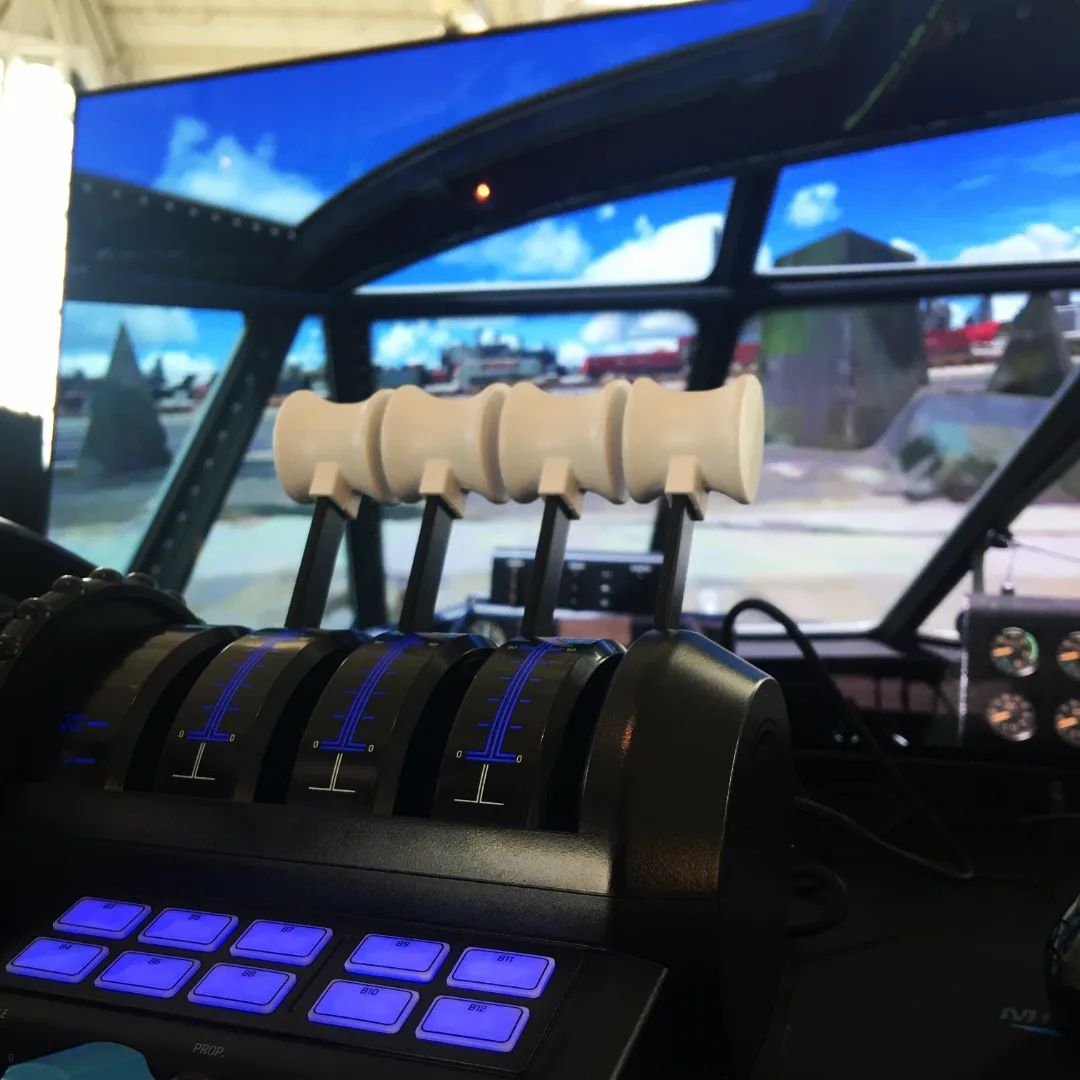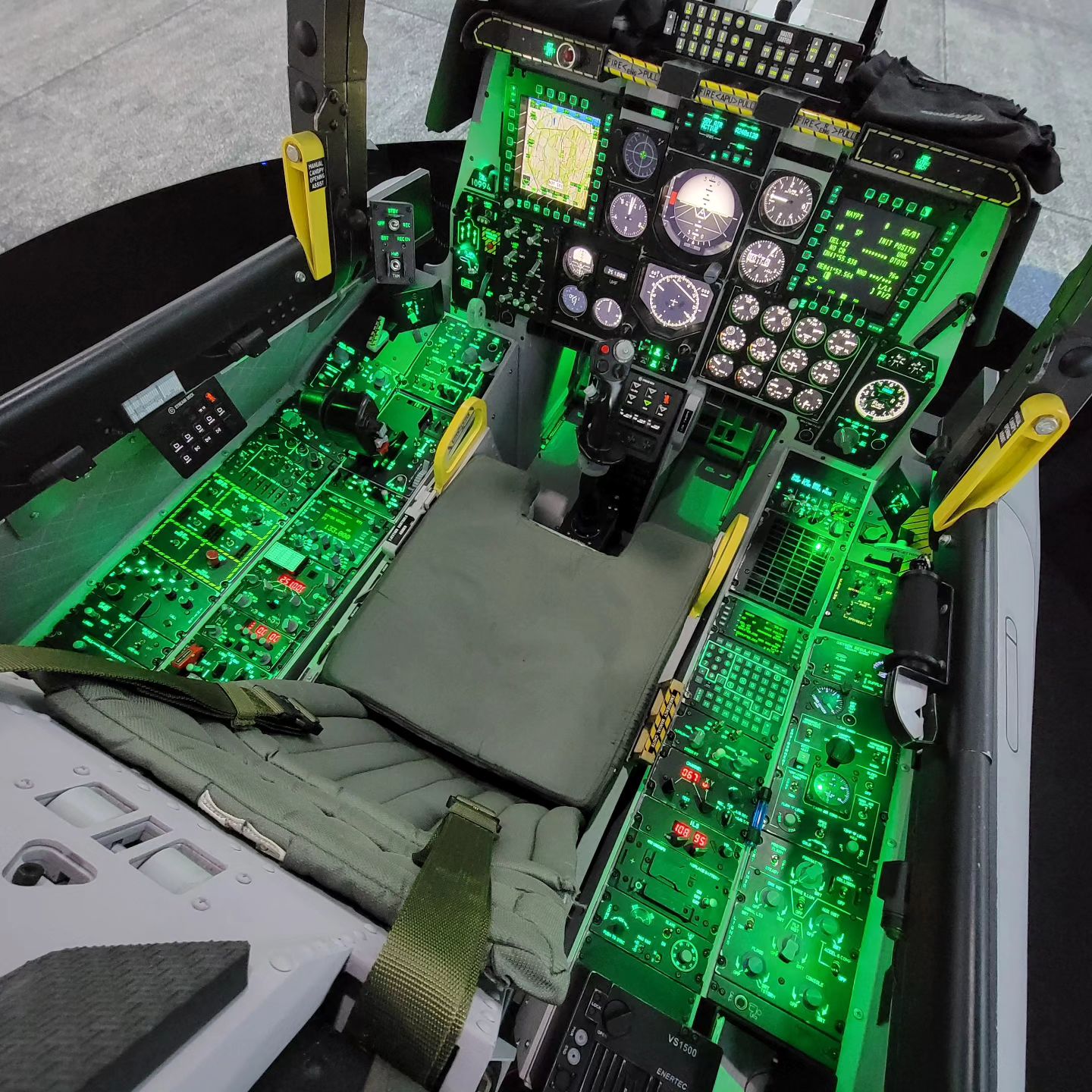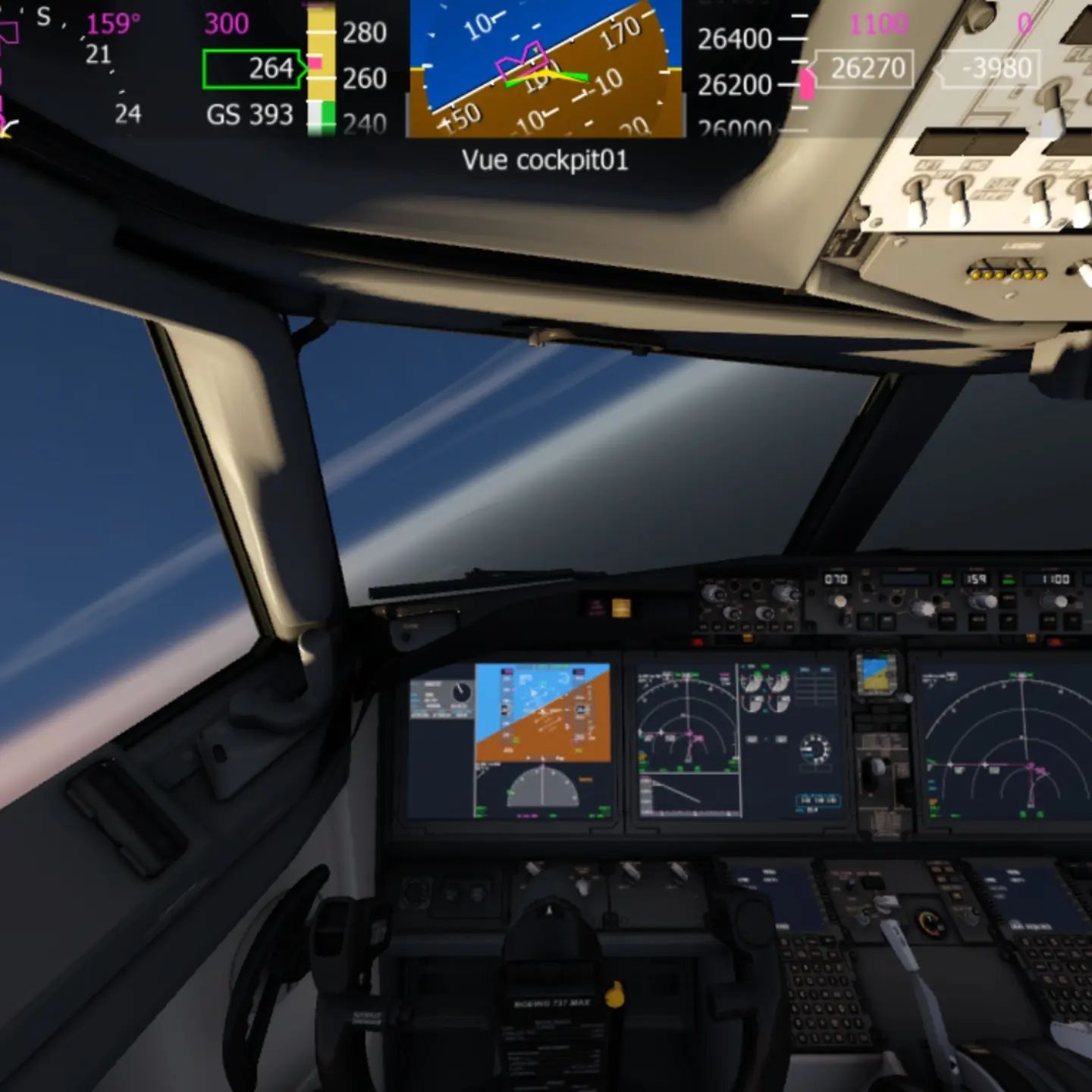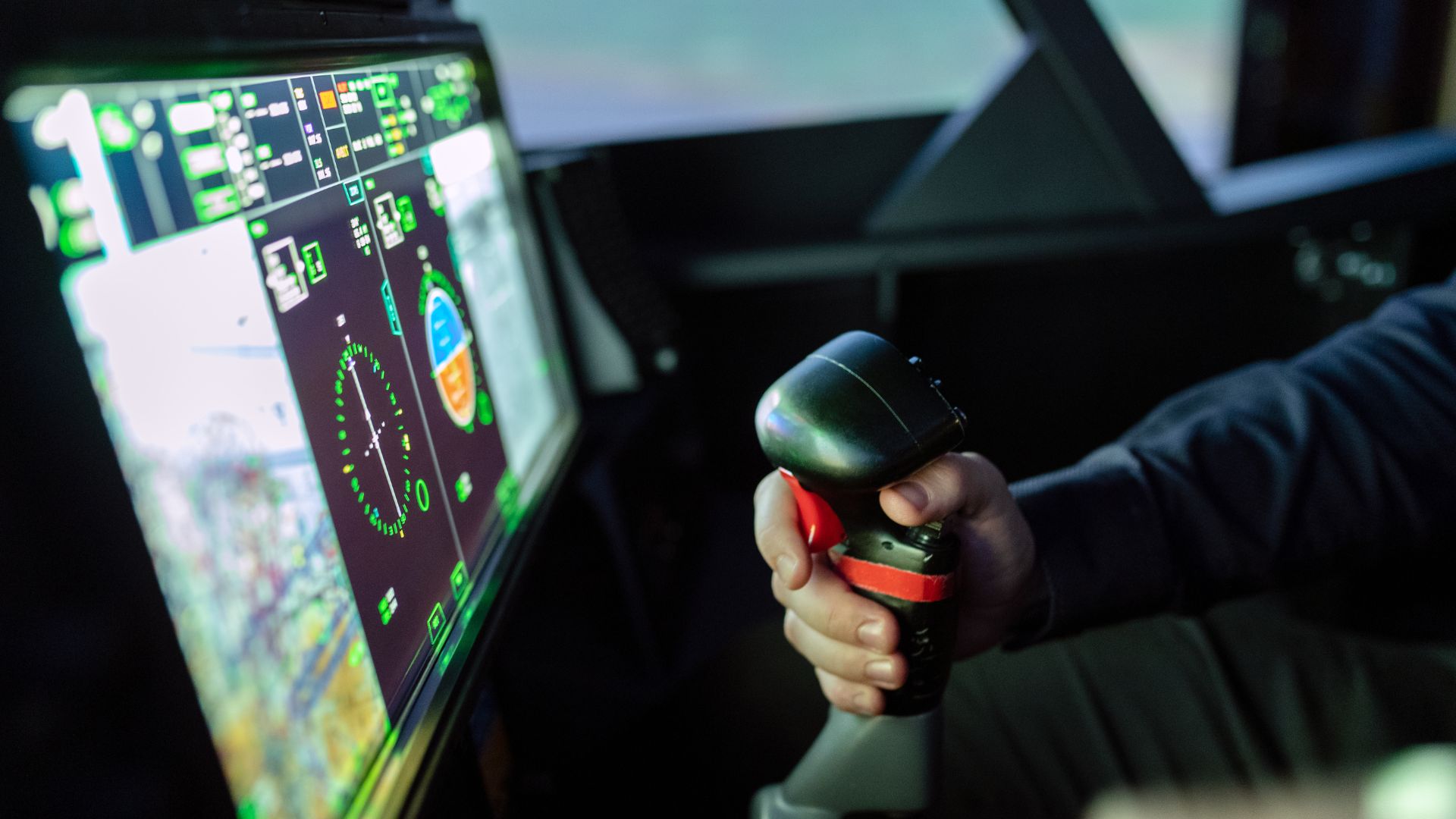In addition to being used for pilot training, flight simulators are now also widely used by gamers and aviation enthusiasts. There are differences in the accuracy and realism of simulators; some can replicate flight conditions almost exactly. This article examines some of the top flight simulators on the market, suitable for both professional and recreational pilots.
1. Microsoft Flight Simulator

Photo credit: instagram.com
The most well-known flight simulator is Microsoft Flight Simulator. The latest version, released in 2020, set a new standard for realism in consumer flight simulators. It utilizes satellite data and Azure AI to generate a highly detailed and dynamic 3D model of the planet. Real-world weather systems and air traffic make the experience incredibly immersive.
Key features:
- Highly realistic graphics and weather conditions.
- A wide selection of aircraft, from small prop planes to jumbo jets.
- Regularly updated with new content and enhancements.
2. X-Plane 11
X-Plane 11 by Laminar Research is praised for its realistic flight physics, which are based on blade element theory. This simulator is utilized by both professional pilots and hobbyists alike.
Key features:
- Exceptionally detailed aircraft models with realistic systems and flight behavior.
- Supports VR for an immersive flight experience.
- Large community and a vast range of third-party plugins and aircraft.
3. DCS World

Photo credit: instagram.com
Digital Combat Simulator World (DCS World) is a free-to-play digital battlefield game, focusing on military aircraft. While it includes highly detailed aircraft systems and aerodynamics, it also offers engaging combat scenarios.
Key features:
- Extensive range of aircraft, from WWII fighters to modern jets.
- Detailed combat simulation with realistic weapon systems.
- High-quality graphics and robust multiplayer capabilities.
4. Prepar3D
Developed by Lockheed Martin, Prepar3D is an extension of Microsoft’s ESP platform. It’s mainly targeted at professional training but is also available for the general public. The simulator is acclaimed for its versatility and ability to integrate with numerous training devices.
Key features:
- Wide range of uses, from classroom learning to full-scale simulation.
- Strong support for third-party content and modification.
- Emphasizes realism and flight dynamics.
5. Aerofly FS 2

Photo credit: pinterest.com
Aerofly FS 2 is known for its user-friendly interface and striking graphics. While it might offer a different level of detail in aircraft systems than other simulators, it’s a great choice for beginners or those looking for a more casual experience.
Key features:
- Remarkable frame rates and crisp visuals.
- A good variety of aircraft, including gliders and helicopters.
- Intuitive and straightforward to pick up for beginners.
6. FlightGear
FlightGear is an open-source flight simulator, which means it’s completely free to use and modify. Its open development model has fostered a dedicated community that continuously works on improvements and new features.
Key features:
- Available on multiple platforms, including Windows, Mac, and Linux.
- Offers a customizable and flexible flight simulation experience.
- A great number of real-world and fictional aircraft.
The best flight simulator for you will depend on your specific interests and experience level. For those looking for the pinnacle of realism and don’t mind a steep learning curve, Microsoft Flight Simulator and X-Plane 11 are hard to beat. DCS World is fantastic for combat enthusiasts, while Prepar3D offers professional-level tools. Casual flyers might prefer Aerofly FS 2 for its accessibility, and the open-source community of FlightGear presents a no-cost option to delve into the world of aviation. Regardless of your choice, the sky is the limit in the digital world of flight simulators.

